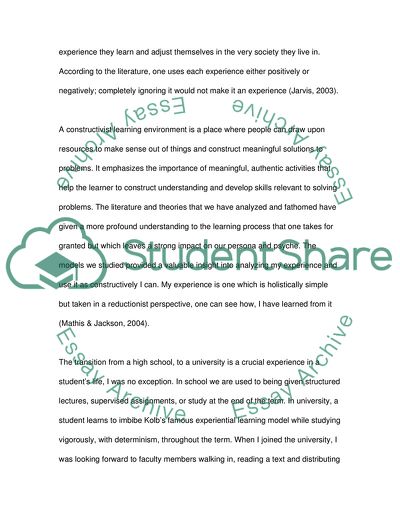Cite this document
(Human Resource Learning and Development Essay Example | Topics and Well Written Essays - 1500 words, n.d.)
Human Resource Learning and Development Essay Example | Topics and Well Written Essays - 1500 words. https://studentshare.org/education/1545749-human-resource-learning-and-developmentreflective-learning-critique
Human Resource Learning and Development Essay Example | Topics and Well Written Essays - 1500 words. https://studentshare.org/education/1545749-human-resource-learning-and-developmentreflective-learning-critique
(Human Resource Learning and Development Essay Example | Topics and Well Written Essays - 1500 Words)
Human Resource Learning and Development Essay Example | Topics and Well Written Essays - 1500 Words. https://studentshare.org/education/1545749-human-resource-learning-and-developmentreflective-learning-critique.
Human Resource Learning and Development Essay Example | Topics and Well Written Essays - 1500 Words. https://studentshare.org/education/1545749-human-resource-learning-and-developmentreflective-learning-critique.
“Human Resource Learning and Development Essay Example | Topics and Well Written Essays - 1500 Words”. https://studentshare.org/education/1545749-human-resource-learning-and-developmentreflective-learning-critique.


